This systematic review with meta-analysis synthesizes available data from recent studies evaluating the effectiveness of immunotherapy and targeted therapy combinations in patients with non–clear cell renal cell carcinomas.
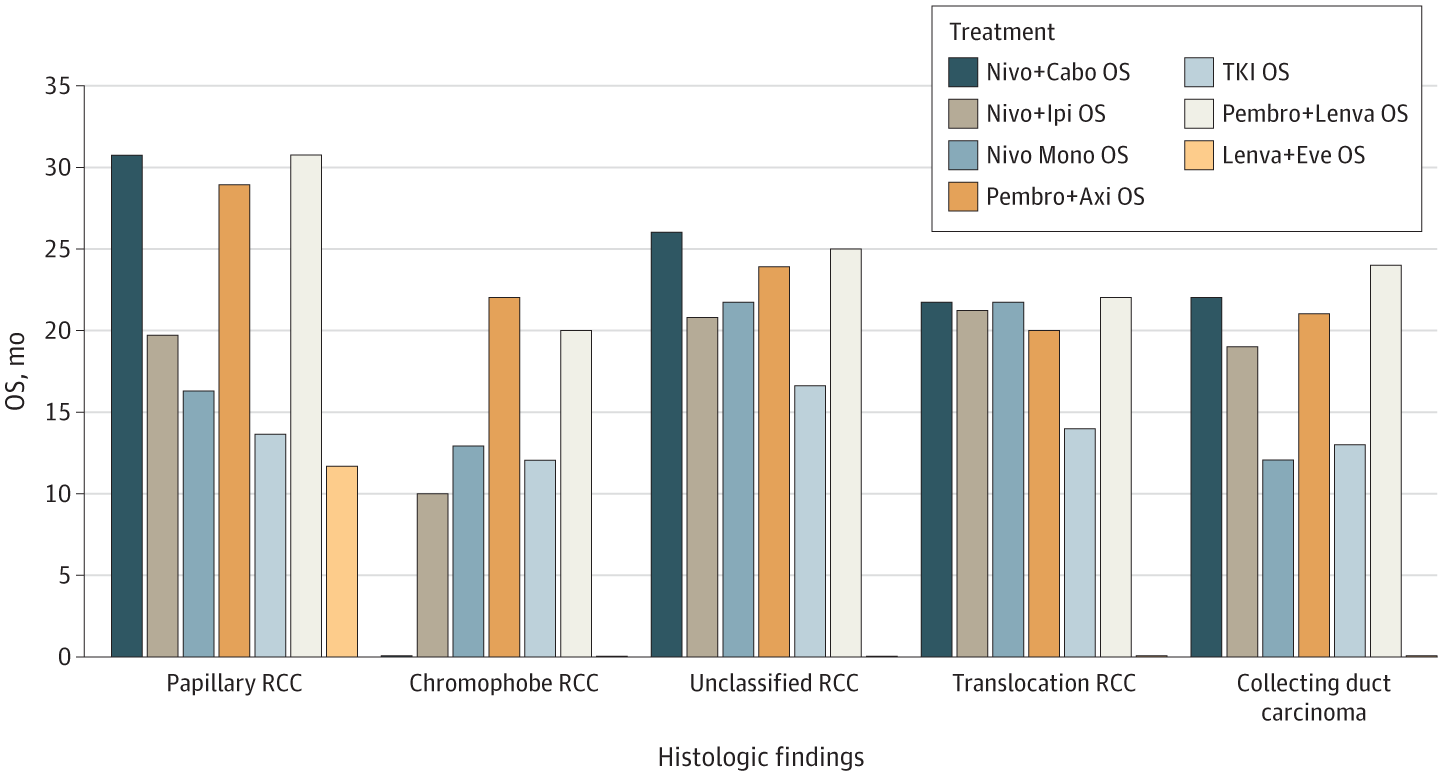

Trained on multi-hospital data, iSeg spots moving tumors doctors sometimes miss, edging radiation treatment toward pinpoint perfection.
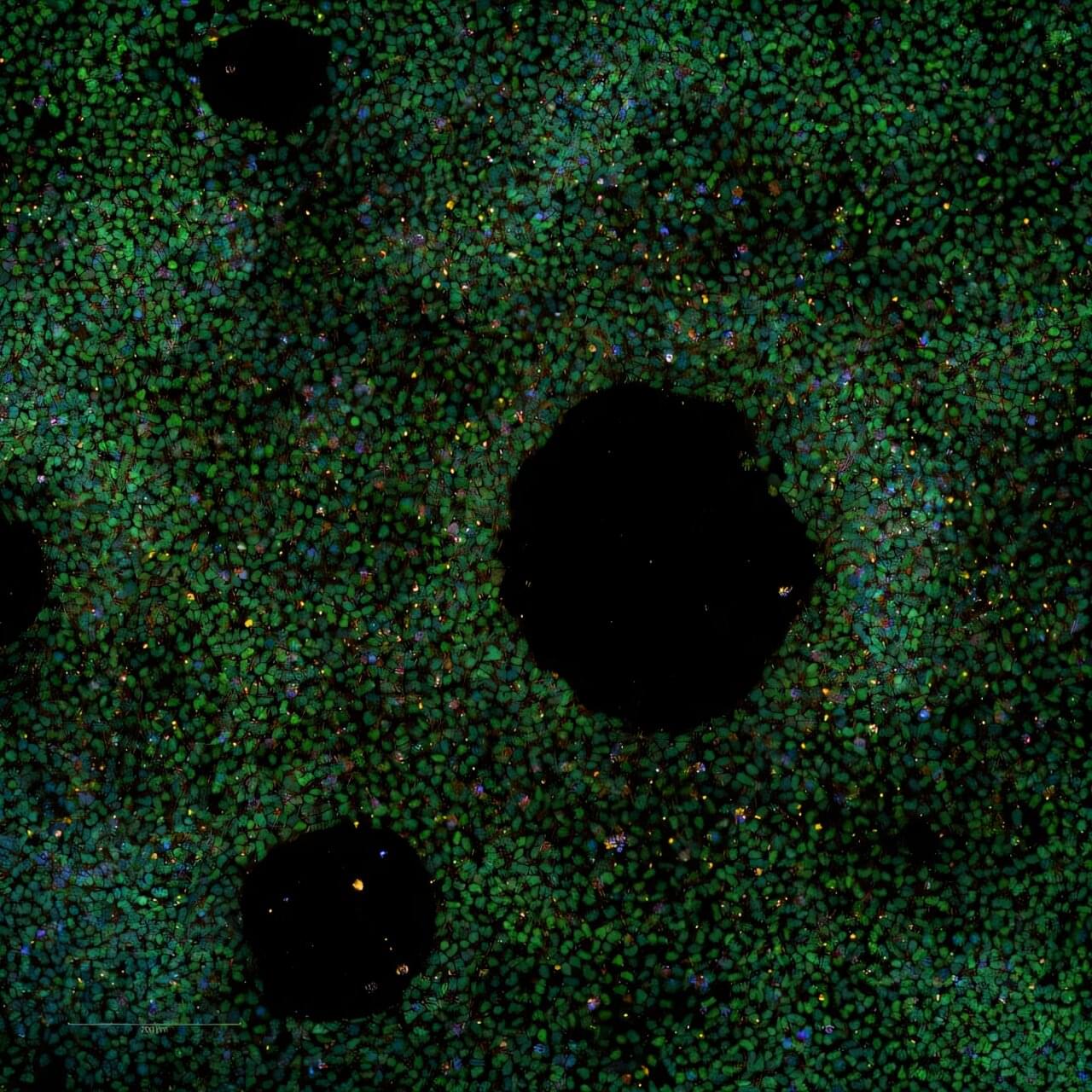
Alzheimer’s disease (AD) is a common, debilitating neurodegenerative disease affecting about 10% of people over the age of 65 and one third of people aged 85 and above. Besides environmental factors, the genes have a strong influence on whether or not a person develops AD during their lifetime.
Through genome sequencing of DNA from large groups of healthy people and people with AD, some naturally occurring small changes in the DNA, known as genetic variants, were found to be more frequent in AD patients than in healthy people.
As more and more of these AD-associated genetic “risk” variants are discovered, it is now possible to calculate a person’s individual polygenic risk score (PRS), meaning the likelihood of the person developing AD, with high accuracy.
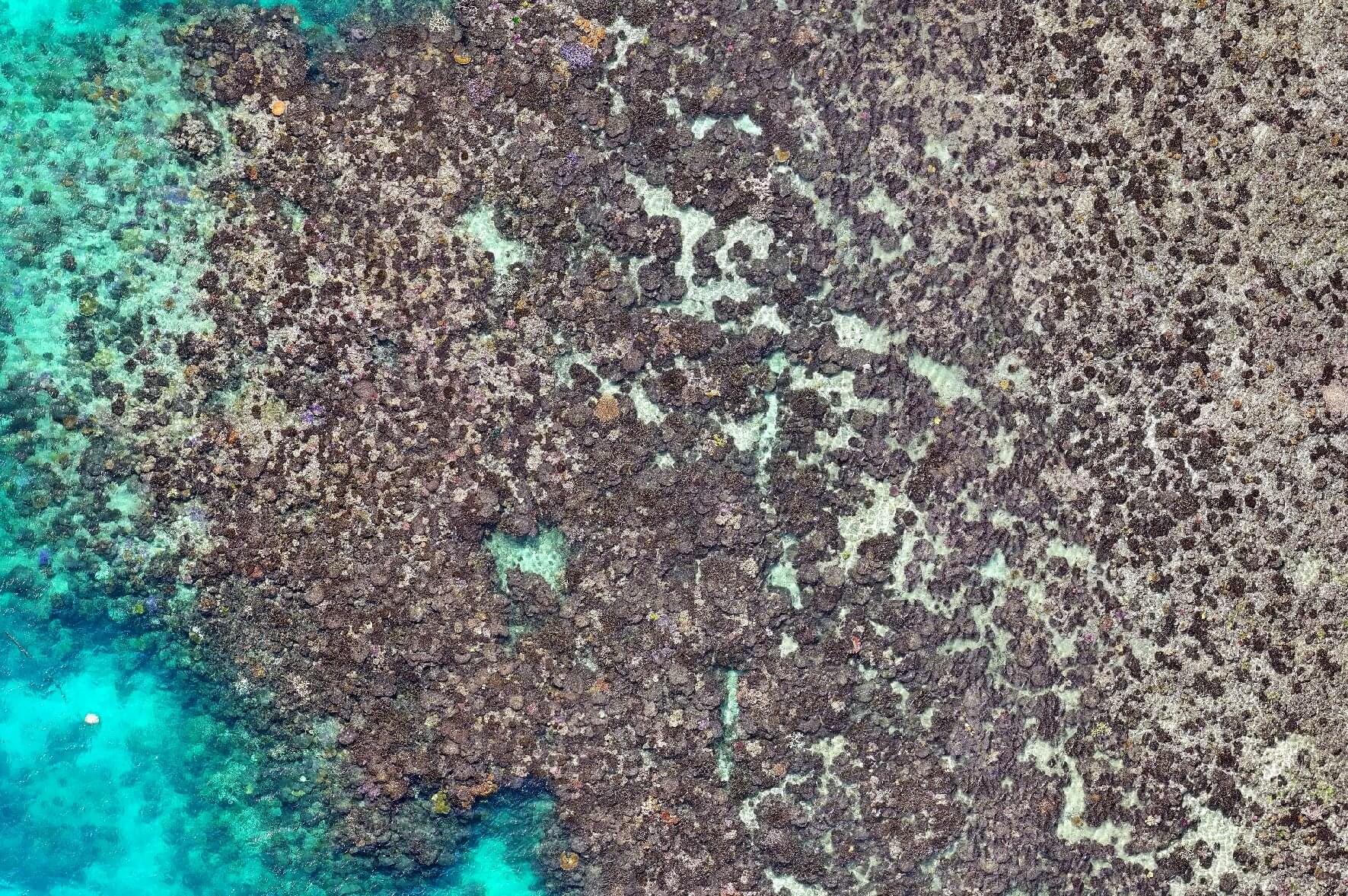
New research has revealed alarming coral mortality rates of 92% after last year’s bleaching event at Lizard Island on Queensland’s Great Barrier Reef, marking one of the highest coral mortality rates ever documented globally.
The study Coral bleaching and mass mortality at Lizard Island revealed by drone imagery’ has been published in Coral Reefs.
The team assessed the impact of the Fourth Global Coral Bleaching Event, declared by the National Oceanic and Atmospheric Administration (NOAA) in April 2024, which caused extensive bleaching and mortality across the reef system.
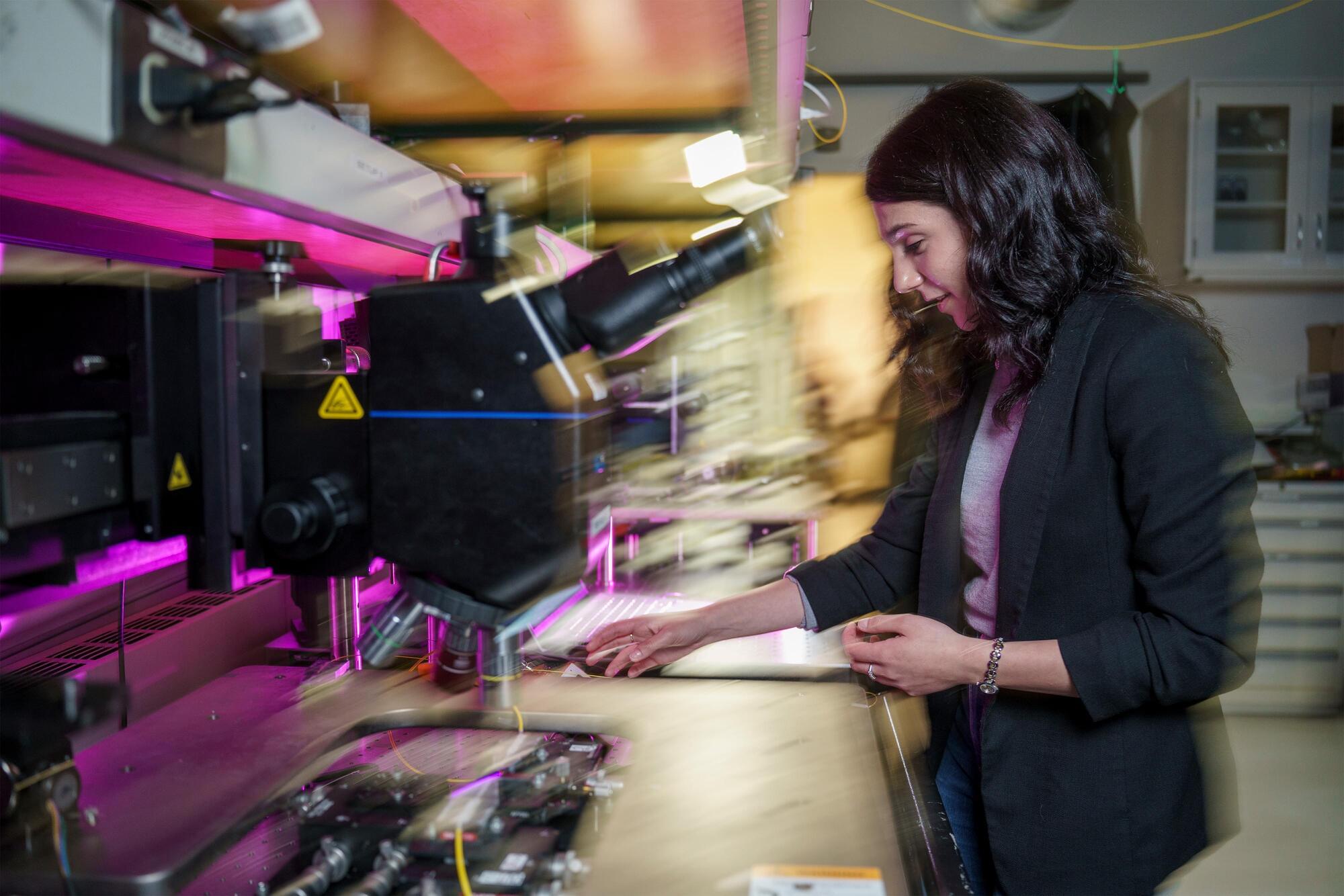
Inspired by the “Harry Potter” stories and the Disney Channel show “Wizards of Waverly Place,” 7-year-old Sabrina Corsetti emphatically declared to her parents one afternoon that she was, in fact, a wizard.
“My dad turned to me and said that, if I really wanted to be a wizard, then I should become a physicist. Physicists are the real wizards of the world,” she recalls.
That conversation stuck with Corsetti throughout her childhood, all the way up to her decision to double-major in physics and math in college, which set her on a path to MIT, where she is now a graduate student in the Department of Electrical Engineering and Computer Science.
While her work may not involve incantations or magic wands, Corsetti’s research centers on an area that often produces astonishing results: integrated photonics. A relatively young field, integrated photonics involves building computer chips that route light instead of electricity, enabling compact and scalable solutions for applications ranging from communications to sensing.
MIT graduate student Sabrina Corsetti is exploring the cutting edge of integrated photonics, which involves building computer chips that route light instead of electricity. Her projects have included a chip-sized 3D printer and miniaturized optical systems for quantum computing.
Christof’s idea that split brain patients have split consciousness doesn’t really make sense and doesn’t correspond to the evidence. Consciousness is metaphysically simple — that is, my thoughts and sense of self can’t be split with a knife like the brain or a material thing can be split. What would it mean to say that I have “split” consciousness? Instead of Mike, there would be Mike and Joe, which wouldn’t be “split,” it would just be two people.
A category error
‘Split consciousness’ is an oxymoron, a category error. Consciousness is not the kind of thing that can be split, and there’s no evidence that one person can ever become two people. It’s science fiction, not science.
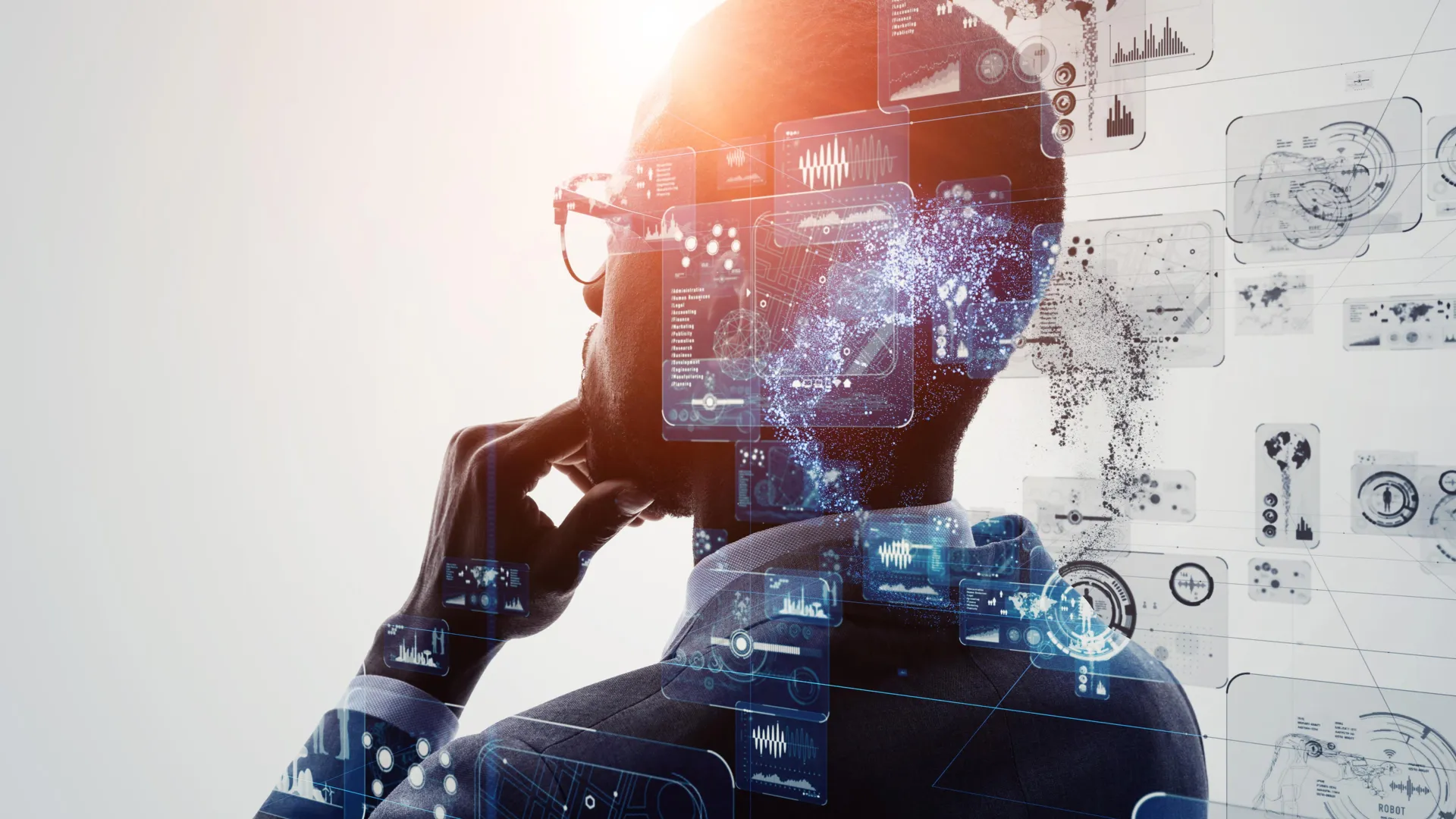
Smarter people don’t just crunch numbers better—they actually see the future more clearly. Examining thousands of over-50s, Bath researchers found the brightest minds made life-expectancy forecasts more than twice as accurate as those with the lowest IQs. By tying cognitive tests and genetic markers to real-world predictions, the study shows how sharp probability skills translate into wiser decisions about everything from crossing the road to planning retirement—and hints that clearer risk information could help everyone close the gap.
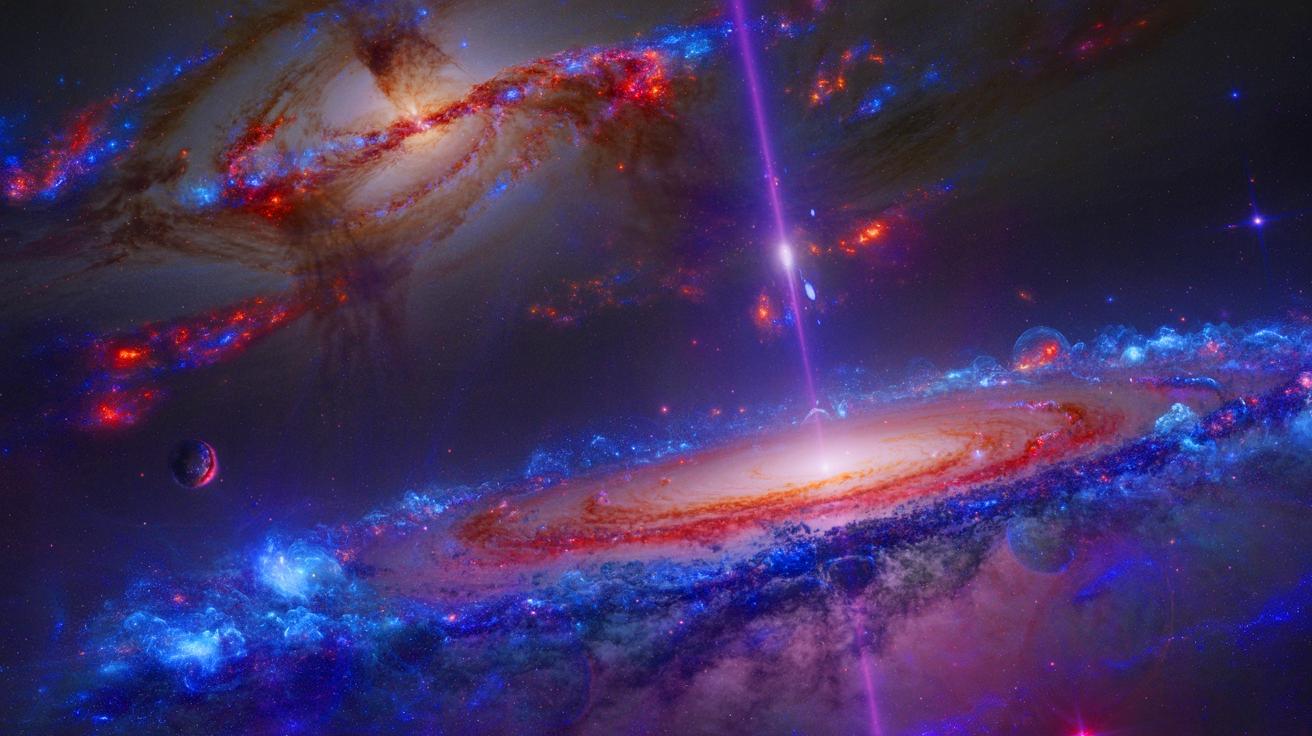
IN A NUTSHELL ✨ Scientists have discovered the universe’s missing baryonic matter, solving a decades-long cosmic mystery. 🔭 The missing matter was found in the intergalactic medium, a vast network of hot, diffuse gas between galaxies. 📡 Fast Radio Bursts (FRBs) were instrumental in detecting this elusive matter through their interaction with free electrons in
Questions to inspire discussion.
🧠 Q: How is Ford trying to shape consumer attitudes towards driving? A: Ford is attempting to convince consumers that driving is an essential life skill rather than a chore, possibly to maintain demand for traditional vehicles.
👨💼 Q: What message is Ford sending about the future of driving? A: Ford’s CEO suggests that everyone should continue to know how to drive, implying that fully autonomous vehicles are not the immediate future.
Regulatory Approach.
📊 Q: How might Ford be influencing regulators regarding autonomous vehicles? A: Ford may be trying to convince regulators that autonomous vehicles are not significantly safer than human drivers to potentially delay or prevent approval.
Technology Development.
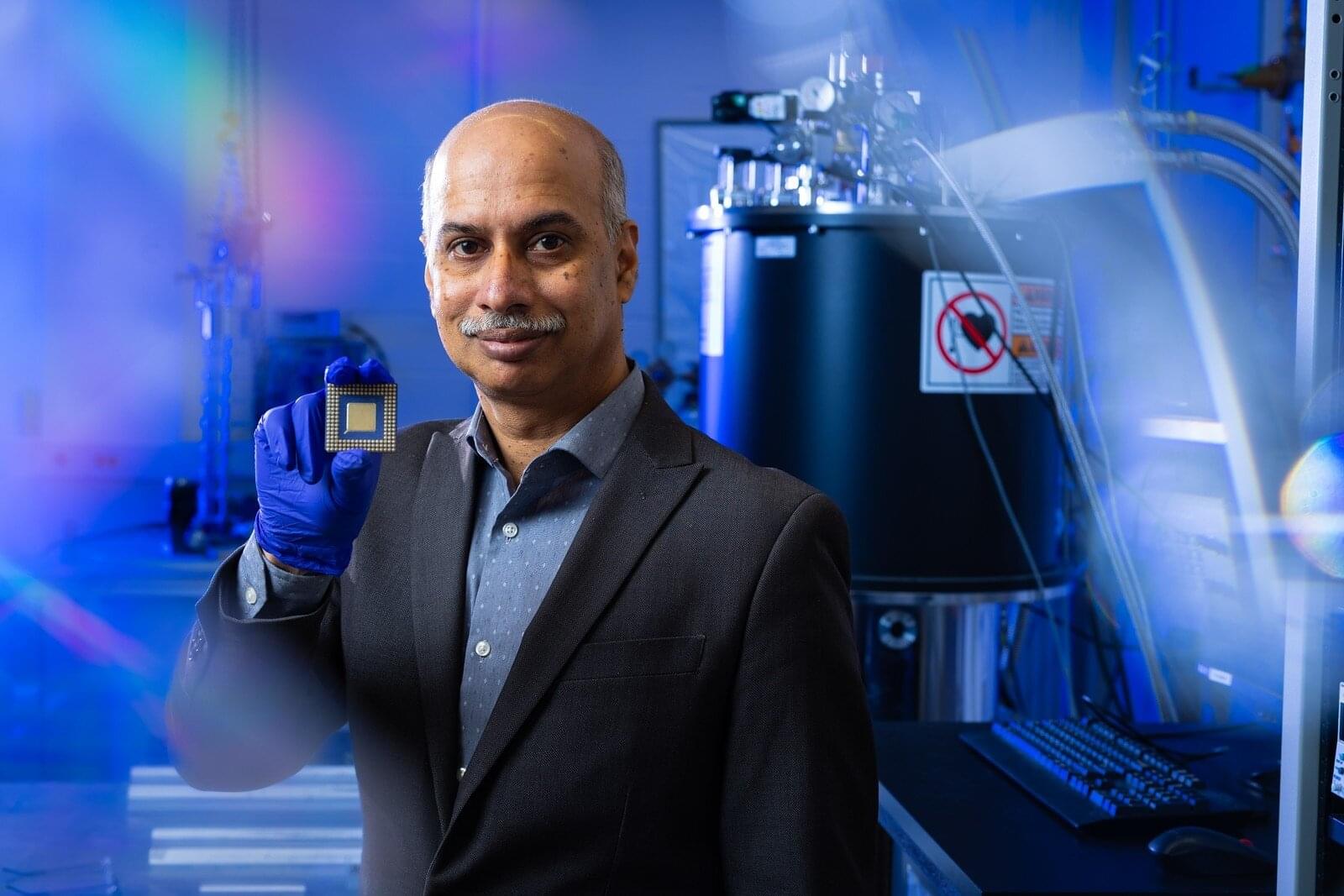
It’s estimated it can take an AI model over 6,000 joules of energy to generate a single text response. By comparison, your brain needs just 20 joules every second to keep you alive and cognitive.
That’s why University at Buffalo researchers are taking inspiration from the human brain to develop computing architecture that can support the growing energy demands of artificial intelligence.
“There’s nothing in the world that’s as efficient as our brain—it’s evolved to maximize the storage and processing of information and minimize energy usage,” says Sambandamurthy Ganapathy, Ph.D., professor in the UB Department of Physics and associate dean for research in the UB College of Arts and Sciences.